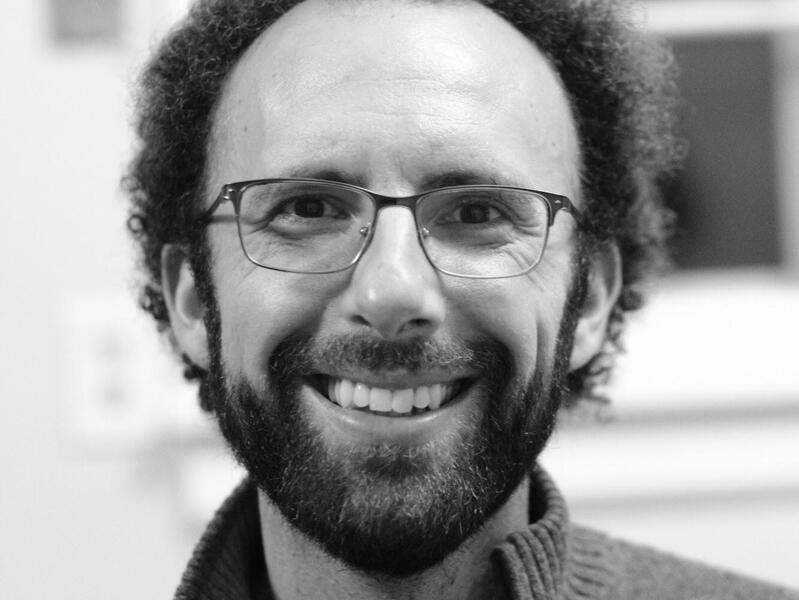June 20, 2008
Beating the odds: Two VCU Medical Center sickle cell patients turn 70 this month
Average life expectancy for sickle cell patients is mid-40s
Share this story

Loretta Johnson and Joyce Tompkins both turn 70 this month. Though they’ve never met, they seem to have so much in common it’s easy to imagine them as close friends.
In addition to birthdays just a few weeks apart, both share a devotion to God and their families and have spent their lives helping the less fortunate. And both women have sickle cell disease.
“I was nearly 12 when they discovered sickle cell was what I had,” Johnson said. “I was born with it and we didn’t know. My parents hadn’t even heard of sickle cell. I didn’t expect to see my teens.”
Sickle cell disease is a genetic blood disorder that affects about 80,000 Americans. Normal red blood cells carrying hemoglobin are smooth, flexible and donut-shaped and travel easily throughout blood vessels. But in sickle cell patients, those cells become stiff and crescent-shaped and do not flow freely. Pain results when the irregular cells clot together, causing blockages that may lead to potentially dangerous complications that can compromise a patient’s organs.
Sickle cell disease was once considered a “childhood” disease because patients often didn’t reach adulthood. Average life expectancy is improving, with patients now reaching their mid-40s, according to the Sickle Cell Association of America.

“I’m stunned to be turning 70,” Tompkins said. “I had nieces who died in their 20s and 30s. That’s sad.”
Tompkins was married and had a child when she found out she had sickle cell disease at the age of 21.
Both women are patients of Wally Smith, M.D., professor of medicine and medical director of VCU’s Center on Health Disparities.
“We continue to use science to better understand this disease and to come up with new ways to improve treatment,” Smith said. “We want to impact the survival markers, to help people with sickle cell live longer.”
Smith is the lead author of a recent report that suggests the pain experienced by sickle cell patients is far more prevalent and severe than previous studies have shown and most patients manage even severe sickle cell pain at home rather than going to an emergency room or hospital. Smith said the findings could lead to changes in the measurement and management of pain in sickle cell patients.
“Dr. Wally Smith is a good sickle cell doctor,” Tompkins said. “He stays on top of my sickness. He is very involved. He hurts when I hurt and he tries to make me feel comfortable.”
Johnson expressed similar sentiments.
“I love him. He’s been really good for me,” Johnson said.
Smith said both women possess personality traits, survival skills and coping skills which appear to be helping them.
“Coping is a big part of living with the chronic pain that comes with this disease,” Smith said.
About 2.5 million Americans have sickle cell trait, which is the gene that causes the disease. The majority of patients are African-American, but the disease can also affect people of Spanish, Portuguese, Italian and Greek descent.
Johnson and Tompkins have good days and bad days. Sometimes the pain can be excruciating. Even so, both women say a positive outlook, a joyful heart and trust in God keeps them going.
“I honestly don’t know why I’ve lived so long. I don’t have an answer for that. That’s God’s department. I don’t worry about the disease. I put it in God’s hands,” Johnson said.
Tompkins also couldn’t explain why she is beating the odds as she turns 70.
“It’s a great day in my life – the big 7-0! Sometimes I feel like I’m 90. I hope I live that long,” Tompkins said.
Subscribe to VCU News
Subscribe to VCU News at newsletter.vcu.edu and receive a selection of stories, videos, photos, news clips and event listings in your inbox.









